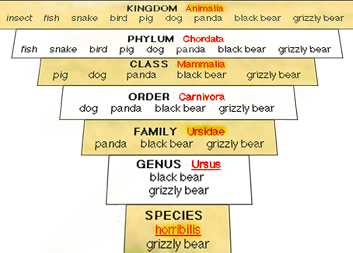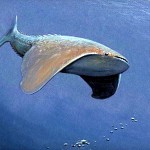Name of animal-plant: Pacific herring
Species name: Clupea pallasii pallasii
The Pacific herring, Clupea pallasii, is a species of the herring family associated with the Pacific Ocean environment of North America and northeast Asia. It is a silvery fish with unspined fins and a deeply forked caudal fin. The distribution is widely along the California coast from Baja California north to Alaska and the Bering Sea; in Asia the distribution is south to Japan. Clupea pallasii is considered a keystone species because of its very high productivity and interactions with a large number of predators and prey. Pacific herring spawn in variable seasons, but often in the early part of the year in intertidal and sub-tidal environments, commonly on eelgrass, seaweed or other submerged vegetation; however, they do not die after spawning, but can breed in successive years. According to government sources, the Pacific herring fishery collapsed in the year 1993, and is slowly recovering to commercial viability in several North American stock areas. The species is named for Peter Simon Pallas, a noted German naturalist and explorer.There are disjunct populations of Clupea pallasii in North-East Europe, which are often attributed to separate subspecies Clupea pallasii marisalbi (White Sea herring) and Clupea pallasii suworowi (Chosha herring).
Animal type: FISH
A fish is any member of a group of organisms that consist of all gill-bearing aquatic craniate animals that lack limbs with digits. They form a sister group to the tunicates, together forming the olfactores. Included in this definition are the living hagfish, lampreys, and cartilaginous and bony fish, as well as various extinct related groups. Tetrapods emerged within lobe-finned fishes, so cladistically they are fish as well. However, traditionally fish are rendered paraphyletic by excluding the tetrapods (i.e., the amphibians, reptiles, birds and mammals which all descended from within the same ancestry). Because in this manner the term “fish” is defined negatively as a paraphyletic group, it is not considered a formal taxonomic grouping in systematic biology. The traditional term pisces (also ichthyes) is considered a typological, but not a phylogenetic classification.
Subcategory: e_nursery
Fact:
All animals and plants are given a species name based on a technical term in biological taxnomy. The species name consists of two words and is based on Latin.
The first part of the name identifies the genus to which the species belongs and the second part identifies the species within the genus. In this animals case it is: Clupea pallasii pallasii






